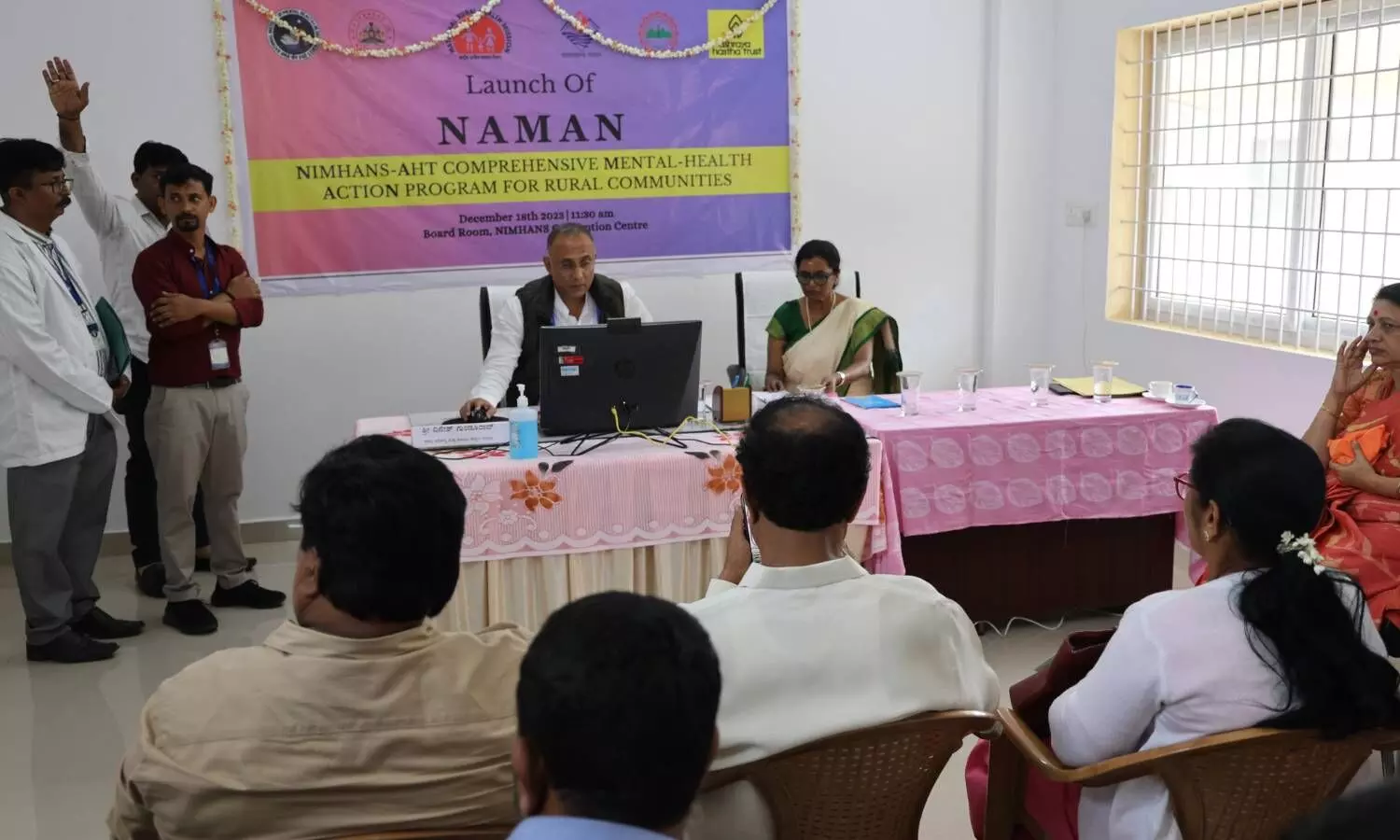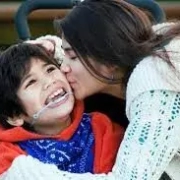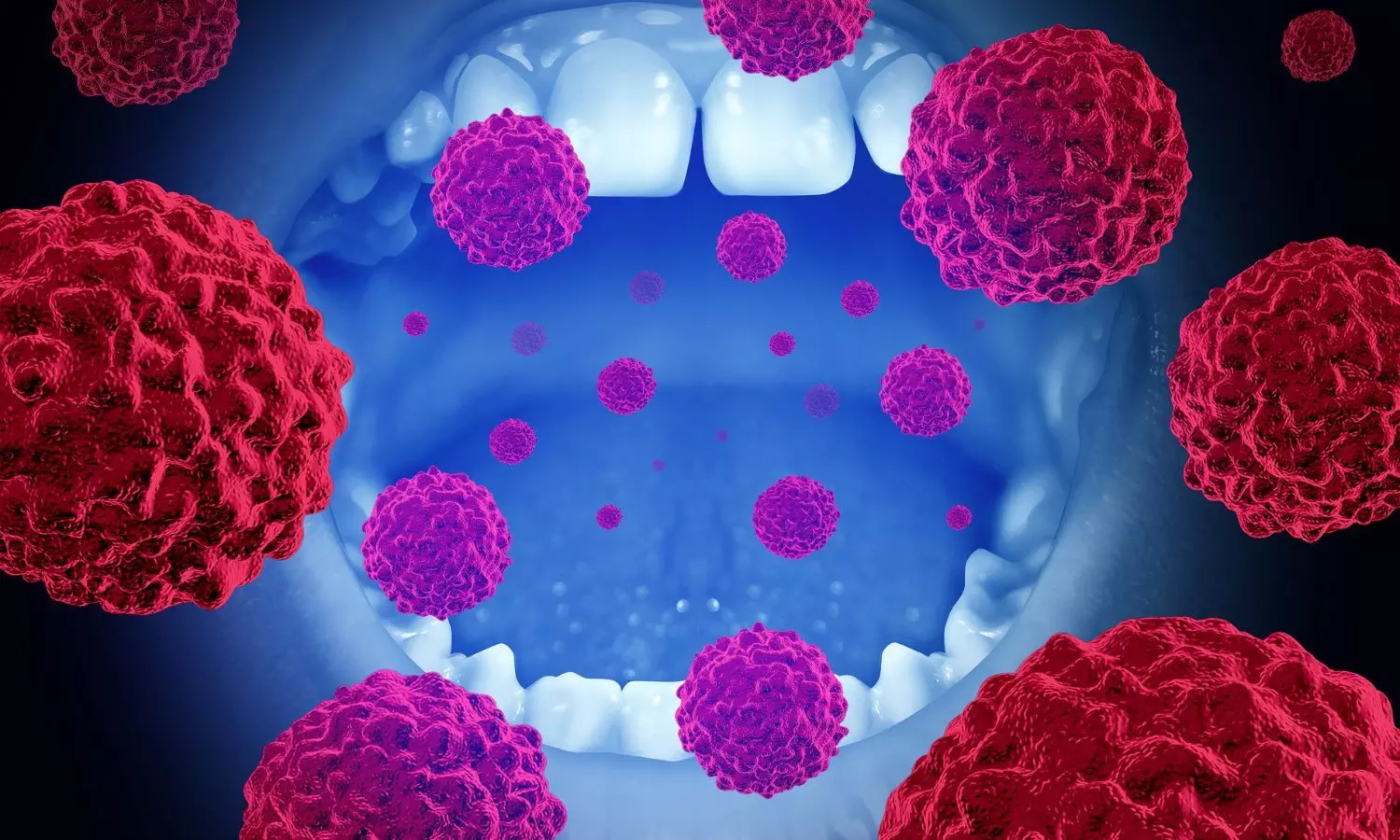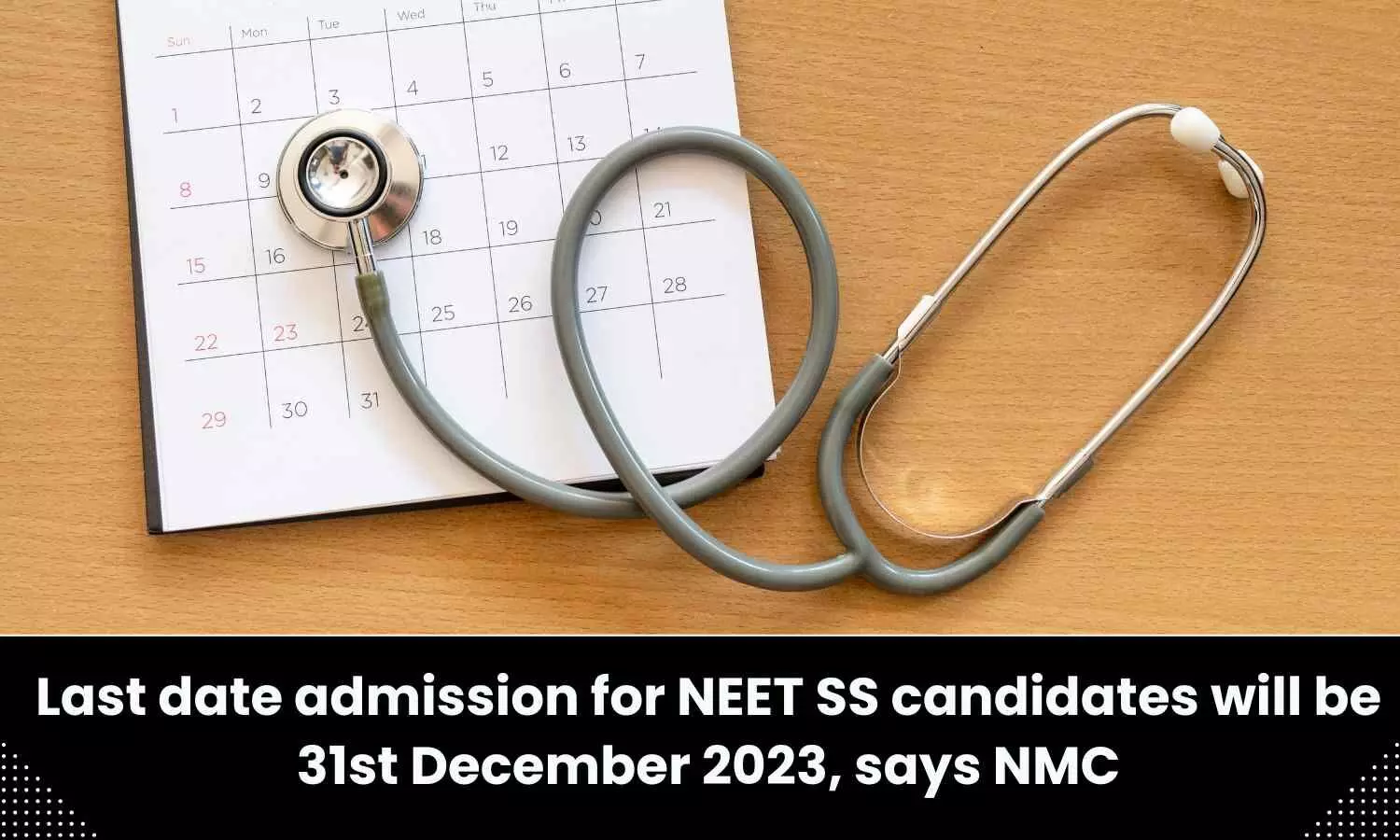NIMHANS and Ashraya Hastha Trust sign MoU to implement mental health programme in two taluks

Bengaluru: The National Institute of Mental Health and Neuro Sciences (NIMHANS), Bengaluru and the Ashraya Hastha Trust (AHT) have signed a Memorandum of Understanding (MoU) with multiple stakeholders to implement a comprehensive rural mental health programme named ”NAMAN” in two different taluks in India to test the feasibility of rolling out such a programme across the country, a press release by the Health and Family Welfare Department said on Monday.
The national launch of the programme will be held today at the Convention Centre, NIMHANS.
According to the statement, the proposed Naman programme will be completed within three years. NIMHANS will develop the road map for the overall implementation of the programme, and All India Institute of Medical Sciences (AIIMS), Rishikesh, will collaborate with NIMHANS as a sub-hub for successful implementation of the programme in Uttarakhand.
Also Read:New mental health hospital to come up in Kolhapur with hi-tech facilities
Both NIMHANS, Bengaluru, and AIIMS, Rishikesh, will collaborate with the health departments of the governments of Karnataka and Uttarakhand. The Ashraya Hasta Trust has provided financial assistance for the smooth operation of the programme, the release further stated.
“The vision of NAMAN is to implement a comprehensive taluka-level mental health programme that incorporates mental health promotion, preventive strategies, treatment of mental disorders, and rehabilitation.
The two taluks selected to implement the programme are Munsiyari taluk of Pithoragarh district of Uttarakhand State and Belur taluk of Hassan district of Karnataka, to cater to the mental health needs of the whole population of the two taluks. The programme plans to follow a lifespan approach, which would cover the entire population from womb to tomb,” the statement further stated.
Dinesh Gundu Rao, Minister, Department of Health and Family Welfare Services, Karnataka, will grace the occasion.
Powered by WPeMatico



















